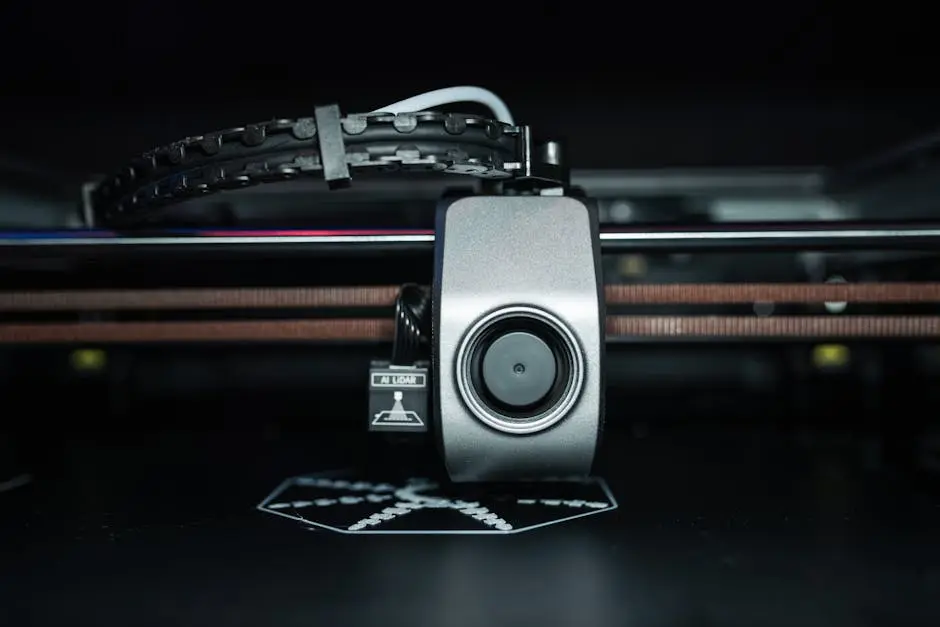Injection moulding is a widely used manufacturing process known for its efficiency and cost-effectiveness. However, as discussions about sustainability and environmental responsibility grow, it’s essential to explore how this process affects our planet. In this blog, we’ll delve into the environmental implications of injection moulding, balancing its benefits and drawbacks. Let’s uncover the nuances of this important topic!
What is Injection Moulding?
Injection moulding is a manufacturing process where molten material is injected into a mould to produce various items, from plastic containers to complex automotive parts. Its efficiency makes it a popular choice in numerous industries, but what are its environmental implications?
At its core, injection moulding can be seen as a marvel of modern engineering, enabling the mass production of high-quality items with minimal waste. Yet, the very qualities that make it efficient also raise questions about sustainability. For example, the materials used often come from petroleum-based sources, which have a high carbon footprint from extraction to processing.
Moreover, the lifecycle of products produced by injection moulding often sparks debate. Once these items reach their end of life, what happens to them? Understanding this process—from production through disposal—can reveal significant insights into the broader environmental conversation.
The Environmental Footprint of Materials
The choice of materials in injection moulding plays a critical role in its environmental impact. From traditional plastics to biodegradable alternatives, each has unique effects on our ecosystem. We will explore the differences and weigh their pros and cons.
Conventional plastics, such as polyethylene and polypropylene, are lightweight and cost-effective but come with the downside of being non-biodegradable. When they end up in landfills or oceans, they contribute to pollution and harm wildlife. In contrast, bio-based polymers offer a promising alternative. Derived from renewable resources, these materials break down more naturally, reducing long-term environmental impacts.
However, it’s essential to ask: are these bio-policies genuinely as green as they seem? For materials to be eco-friendly, we need to consider their entire life cycle, from sourcing raw materials to production energy use and ultimate disposal. Understanding these nuances will help consumers and manufacturers make informed choices that positively impact the planet.
Energy Consumption During Production
The energy demands of injection moulding can be significant. Understanding how energy consumption varies with different processes and materials can shed light on ways to improve efficiency and reduce greenhouse gas emissions.
Many factors influence the energy consumption of injection moulding, including the type of machinery used, the temperature and pressure settings, and the material specifications. For instance, electric injection moulding machines tend to consume less energy compared to hydraulic ones, making them a more eco-friendly option.
Additionally, optimising production schedules can lead to reduced energy use. By minimising downtime and maximising production efficiency, manufacturers can significantly lower their carbon footprint. This focus on energy efficiency not only helps the environment but can also create cost savings for businesses—a win-win situation!
Waste Generation and Management Strategies
Like any manufacturing process, injection moulding generates waste. We’ll discuss common types of waste, how they are managed, and best practices for reducing waste in the production cycle.
The primary types of waste in injection moulding include scrap materials, defective products, and excess packaging. While some of these are inevitable, implementing strategic management practices can mitigate their impact. For example, reprocessing scrap materials can significantly reduce the amount of waste sent to landfills and can often lead to cost savings for manufacturers.
Another effective strategy involves lean manufacturing principles, which seek to minimise waste throughout the production process. This approach encourages continuous improvement and innovation, reminding us that even small changes can lead to substantial environmental benefits.
Innovations in Sustainable Injection Moulding
Many companies are pioneering sustainable practices in injection moulding. This section will highlight innovative technologies and strategies that can help mitigate environmental impacts, making the process more eco-friendly.
One exciting development is the use of recycled materials in injection moulding processes. By incorporating recycled plastics or other materials, manufacturers can drastically reduce their reliance on virgin resources. Some brands have even made it a part of their core mission to reduce waste by integrating recycled materials into their products.
Moreover, advancements in machine technology, such as energy-efficient equipment and automation systems, provide exciting opportunities to reduce energy consumption further. These innovations not only promote sustainability but can also enhance production speeds and reduce costs—making them attractive for manufacturers looking to stay competitive in today’s market.
Regulatory Standards and Industry Responsibility
Governments and organisations are increasingly implementing regulations to ensure that manufacturing processes are environmentally responsible. We’ll look at key regulations affecting injection moulding and how the industry can adapt to meet these standards.
Regulatory bodies are focusing on issues such as waste management, emissions reduction, and sustainable sourcing of materials. These regulations push companies towards practices that are not only compliant but also beneficial for the environment. By staying ahead of these changes, companies can become leaders in sustainable manufacturing.
Collectively, the injection moulding industry bears a responsibility to align its practices with sustainability goals. This includes offering transparency in supply chains and ensuring ethical practices are upheld. As manufacturers and consumers become more aware of their ecological footprints, the expectation for accountability will only grow stronger.
Final Thoughts on Injection Moulding and the Environment
In conclusion, while injection moulding presents certain environmental challenges, it also holds potential for innovation and sustainability. By choosing eco-friendly materials, optimising energy use, and implementing proper waste management practices, the injection moulding industry can reduce its ecological footprint. Understanding these impacts is a step towards making informed decisions for a more sustainable future.


